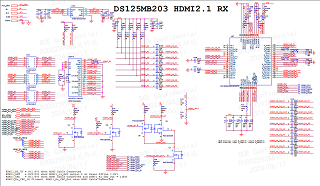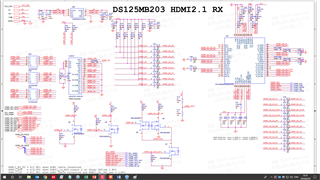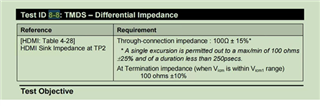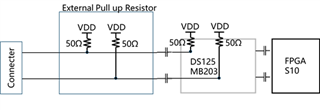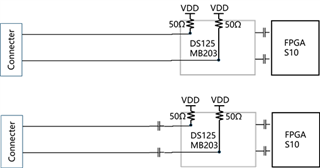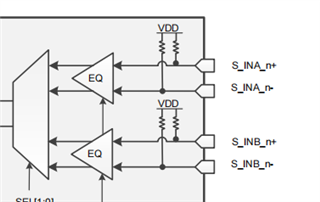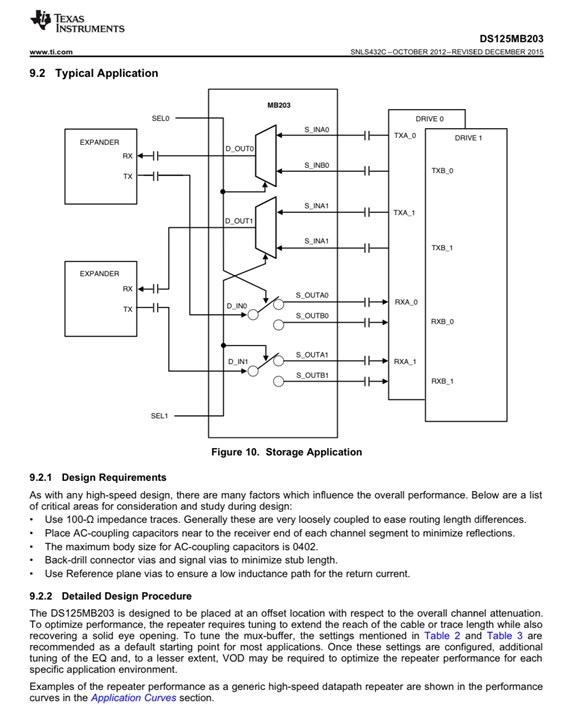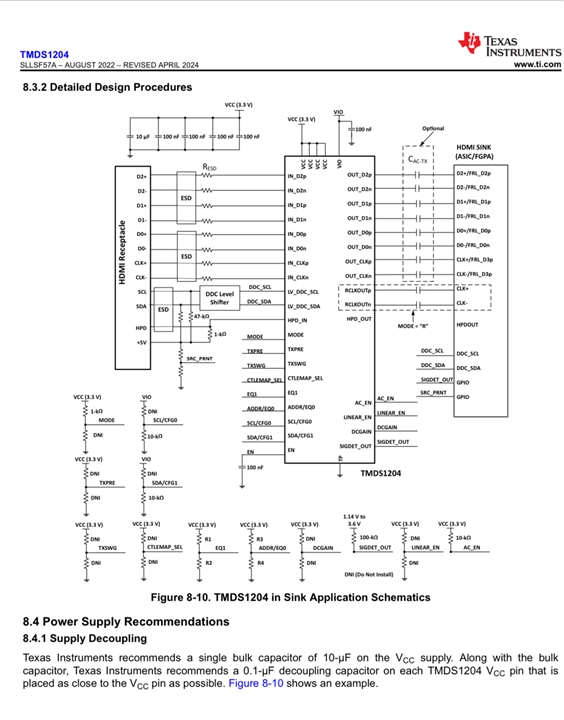Other Parts Discussed in Thread: TMDS1204, TDP1204
Tool/software:
Hi,
We used ds125 in a HDMI design . In HDMI 4K , we need test skew(about 112ps for every line) and jitter(about data lines 500KHz;clock lines 10 MHz),have you done this test before ?
Best Regards
Young Hui






